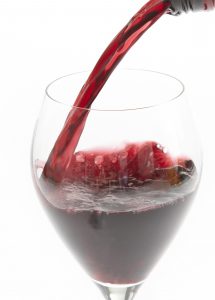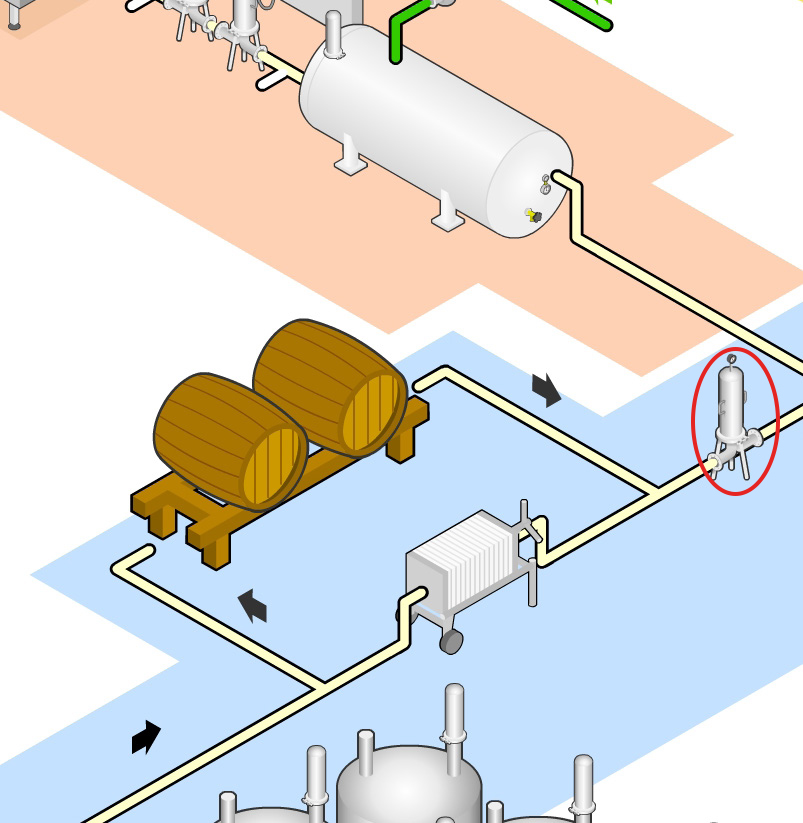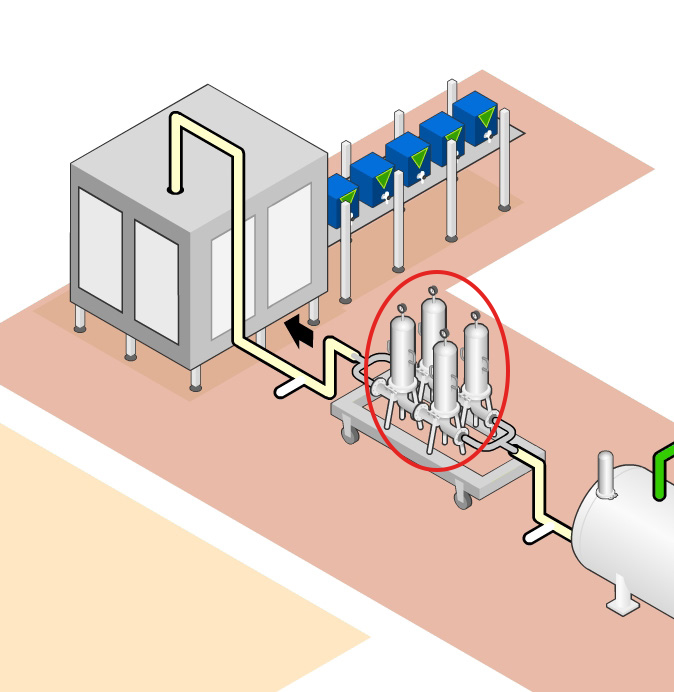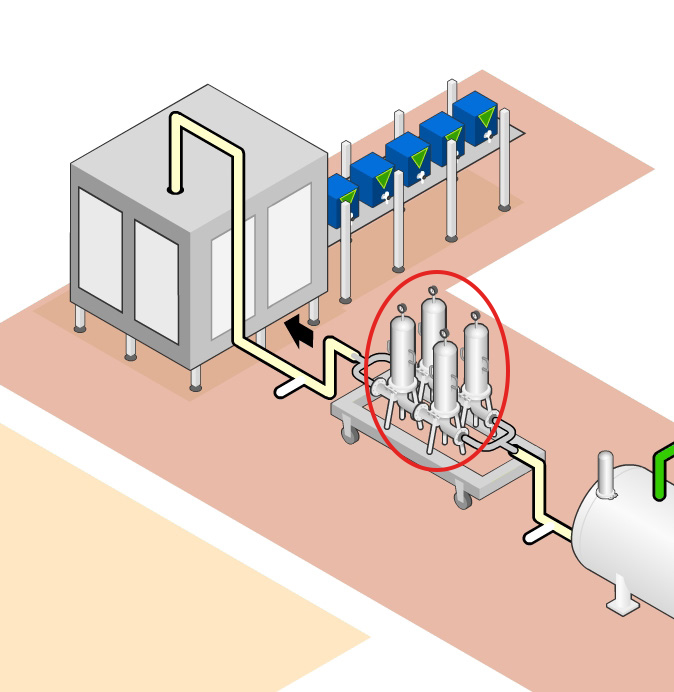A number of factors influence the character and appeal of wine during its journey from the fermentation tank to the bottle, but in order to produce stable wine which protects and develops flavour once packaged, the presence of spoilage  organisms has to be reduced or eliminated completely.
organisms has to be reduced or eliminated completely.
Typical spoilage organisms in bottled wine are species capable of growing in low pH and anaerobic conditions for example lactic acid bacteria and fermenting yeasts such as Brettanomyces bruxellensis. Spoilage organisms can ruin wine by causing off flavours and haze or cloudiness, with contamination from strongly fermenting yeasts causing bottle explosions.
Depending upon the type of the wine and the processes used during its production, the threat of microbial spoilage will vary. For example, relatively young wine with low tannin levels and high residual sugar may be subject to spoilage from low numbers of yeast / bacteria. Mature wines with high alcohol, tannin and low nutrients may be slightly more resistant, however, threats from microbial contamination still exist.
Here’s a taste of how we support the wine industry — at every stage of the Winemaking process.



